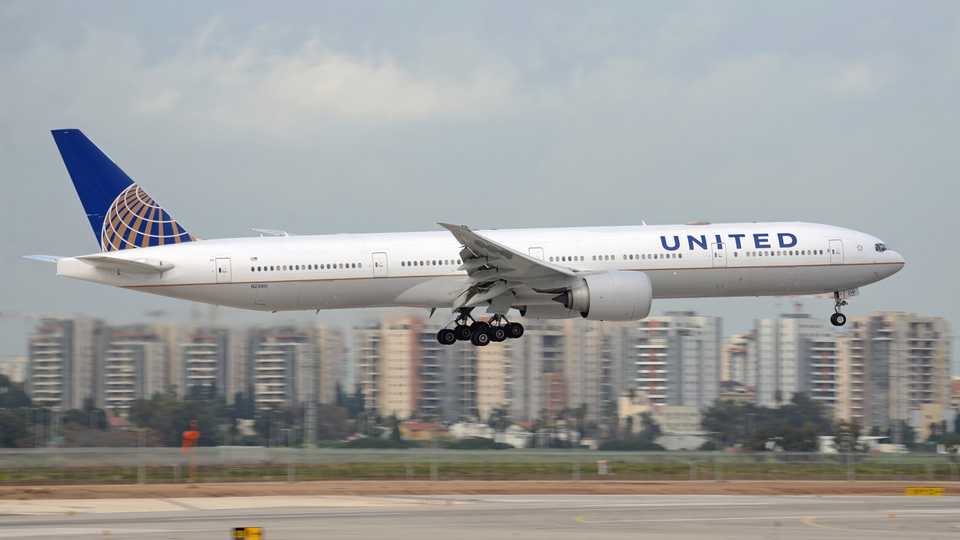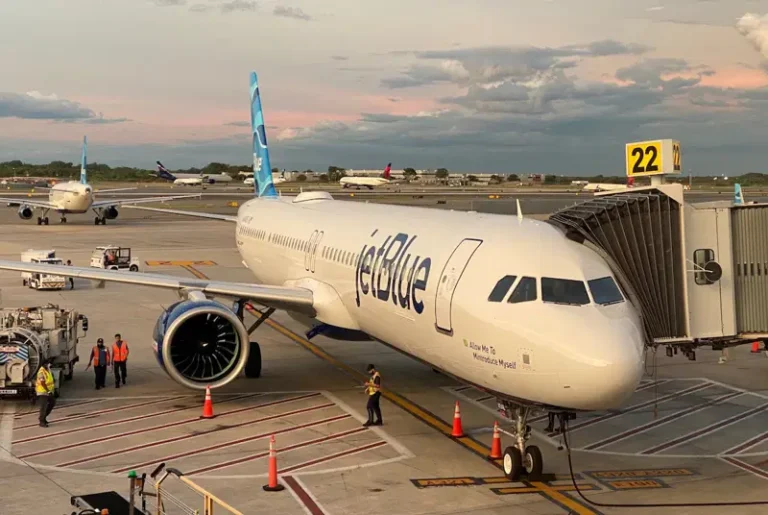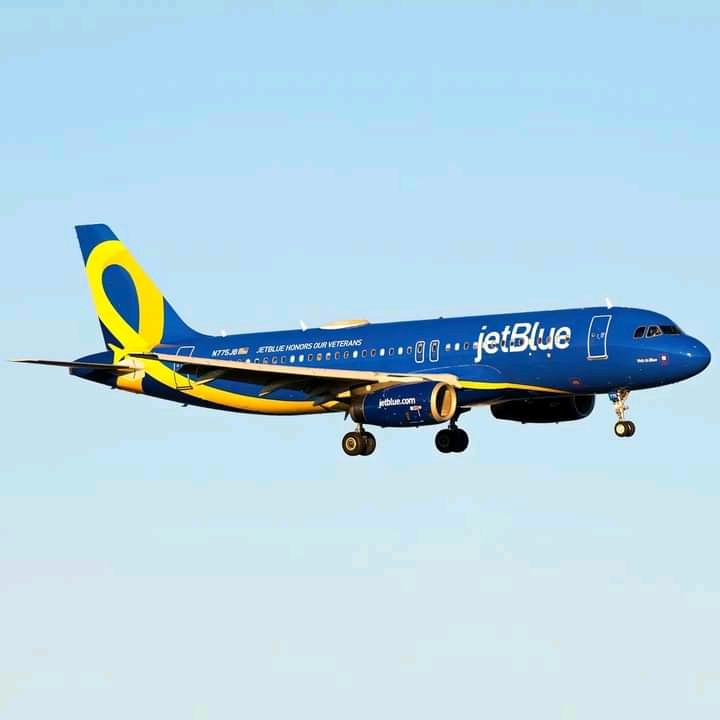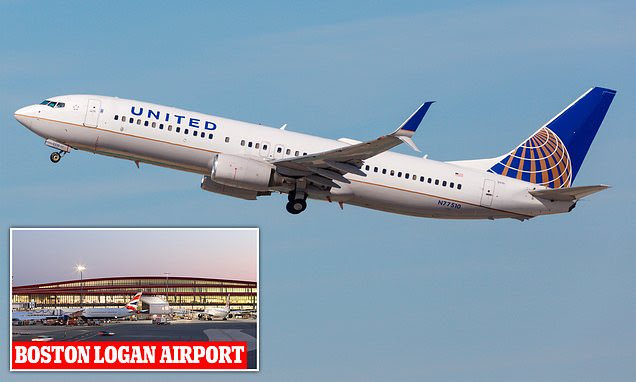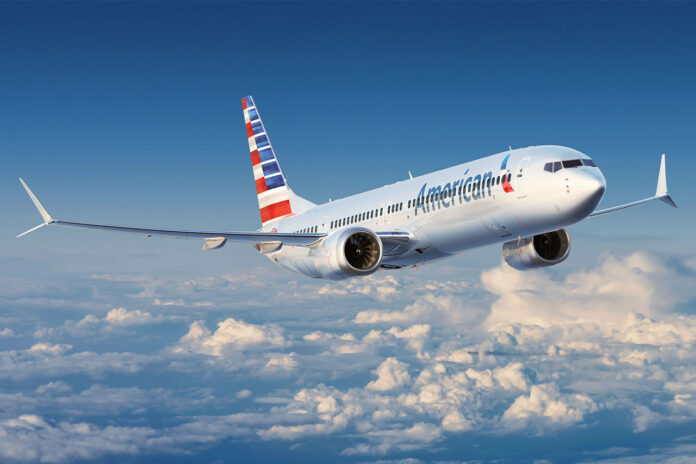United Airlines Reduces Australia Frequencies From San Francisco, Los Angeles, & Houston
United Airlines has shrunken its capacity and frequencies to Australia from its West Coast hubs in San Francisco and Los Angeles. The reduction, including some equipment changes, is reportedly set to begin at the end of October.
The Chicago-based carrier will also reduce flights from its hub in Houston. Despite the cutbacks, United’s Australia network is still large compared to its other two US legacy counterparts.
San Francisco – Sydney
Service between San Francisco International Airport (SFO) and Sydney Kingsford Smith Airport (SYD) operates once daily but is typically boosted with an additional daily flight for the winter season to accommodate demand. According to an independent aviation blog, Ishrion Aviation, United will reduce the operation of the second daily flight to just four weekly frequencies. Rather than beginning in November, the flight will only be offered from December 20th to March 5, 2025. The airline currently deploys Boeing 777-300ER on the route but will downgrade the flights to the 777-200ER. United’s 777-300ER is its largest aircraft by passenger capacity and is equipped with the most premium seating. The aircraft accommodates a total of 350 passengers in a three-class format. The premium cabins have 60 Polaris seats that convert to lie-flat beds and 24 Premium Plus seats, the airline’s equivalent to premium economy. The economy is equipped with 266 seats. 62 seats are Economy Plus seats with extra legroom.
When deployment between SFO and SYD shifts to the 777-200ER, the route will lose 74 seats per flight. The smaller variant accommodates a total of 276 passengers in three classes. United Polaris is equipped with 50 lie-flat seats, while Premium Plus has 24 recliner seats. The economy cabin has 202 seats, 46 of which, are designated as Economy Plus.
Qantas also flies the SFO-SYD route, but its operation is less than half of United’s frequencies. According to aviation data and analytics firm Cirium, United has a total of 72 flights scheduled on the route in December – 36 in each direction. Qantas will only operate 28 flights – 14 each way.
Keeping the Dreamliner rather than the -300ER
United is the only airline flying nonstop between SFO and Melbourne Airport (MEL). Currently, the route is operated daily by the 787-9 Dreamliner. As of last week, the carrier planned to replace the 787-9 with the 777-300ER on October 26th, which would add more seats on the route, but those plans have since changed. Instead, the 787-9 will remain on the route.
United Airlines has made significant adjustments to its flight schedules and aircraft deployments, notably impacting its routes to Australia from its key West Coast hubs in San Francisco and Los Angeles. This strategic move, which includes a reduction in capacity and frequencies, is set to commence at the end of October. Despite these cutbacks, United’s presence in the Australian market remains robust compared to its other two US legacy competitors, American Airlines and Delta Air Lines.
San Francisco to Sydney: Reduced Frequencies and Aircraft Downgrade
The service between San Francisco International Airport (SFO) and Sydney Kingsford Smith Airport (SYD) is one of United’s flagship routes. Typically, United operates this route with one daily flight throughout the year, augmented by a second daily flight during the winter season to meet increased demand. However, according to an independent aviation blog, Ishrion Aviation, United will be reducing the operation of this second daily flight to just four weekly frequencies. This change means that instead of starting in November, the second flight will only be available from December 20th to March 5, 2025.
Moreover, United is also planning a significant equipment change on this route. Currently, the flights are operated using the Boeing 777-300ER, United’s largest aircraft by passenger capacity. The 777-300ER is a three-class aircraft, accommodating a total of 350 passengers. It features 60 Polaris seats that convert to lie-flat beds, 24 Premium Plus seats, and 266 economy seats, including 62 Economy Plus seats with extra legroom. However, beginning in late October, the airline will downgrade the equipment to the smaller Boeing 777-200ER. This aircraft has a total capacity of 276 passengers in a similar three-class configuration: 50 Polaris seats, 24 Premium Plus seats, and 202 economy seats, with 46 designated as Economy Plus.
This shift will result in a loss of 74 seats per flight, potentially impacting the availability of premium seating options and overall passenger capacity. Despite this reduction, United’s service on the SFO-SYD route remains significantly more frequent than that of its competitor Qantas, which operates less than half the number of flights. According to aviation data and analytics firm Cirium, United has scheduled a total of 72 flights on this route in December, compared to Qantas’ 28 flights.
Adjustments on the Melbourne Route
United is the only airline providing nonstop service between San Francisco and Melbourne Airport (MEL). This route is currently operated daily by the Boeing 787-9 Dreamliner. Initially, United had planned to replace the 787-9 with the larger Boeing 777-300ER on October 26th, which would have increased the number of available seats. However, these plans have since been revised, and the 787-9 will continue to operate the route. The 787-9 Dreamliner is known for its fuel efficiency and passenger comfort, making it a suitable choice for this long-haul route.
Impact on Other Routes
In addition to the changes on the San Francisco routes, United is also reducing its flight operations from its hub in Houston. These adjustments come as the airline strategically responds to shifting demand and operational considerations. Despite the cutbacks, United’s network in Australia remains comparatively extensive.
Competitive Landscape
United’s adjustments must be viewed within the broader competitive landscape of US carriers operating in Australia. While United maintains a significant presence, its competitors, such as Qantas and Delta, also vie for market share on these transpacific routes. Qantas’ presence on the SFO-SYD route, for instance, is notably less frequent, which might influence United’s strategic decisions.
Passenger Experience and Fleet Utilization
The decision to switch from the 777-300ER to the 777-200ER on the SFO-SYD route has implications for passenger experience. The larger 777-300ER, with its higher number of premium seats, offers more opportunities for passengers to experience United’s Polaris business class and Premium Plus seating. The 777-200ER, while still offering a high level of comfort, has fewer premium seats, which could impact frequent flyers and premium passengers.
Operational Efficiency
From an operational perspective, these changes might reflect United’s broader strategy to optimize fleet utilization and manage operational costs. The Boeing 787-9, for instance, is praised for its operational efficiency, particularly on long-haul routes. Keeping the Dreamliner on the SFO-MEL route could indicate United’s focus on maintaining a balance between capacity and cost-efficiency, especially given the current economic climate and fluctuating travel demand.
Looking Forward
As United implements these changes, the airline will likely continue to monitor and adjust its operations based on passenger demand and market conditions. The aviation industry is highly dynamic, and airlines must frequently adapt to remain competitive and profitable. United’s strategic adjustments to its Australia routes demonstrate its responsiveness to these challenges while maintaining a robust network compared to its US legacy counterparts.
United Airlines’ recent decisions to reduce capacity and change equipment on its routes to Australia from San Francisco and Los Angeles reflect a strategic approach to managing operational efficiency and meeting demand. While these adjustments involve significant changes, such as downgrading aircraft and reducing flight frequencies, United’s Australia network remains extensive. These moves illustrate the airline’s commitment to maintaining a strong presence in the competitive transpacific market, balancing passenger needs with operational considerations. As the industry continues to evolve, United’s flexibility and strategic foresight will be crucial in navigating the challenges and opportunities that lie ahead.
